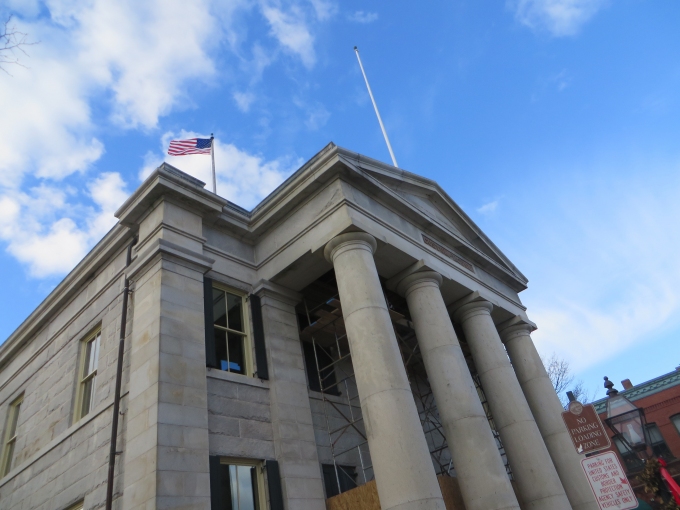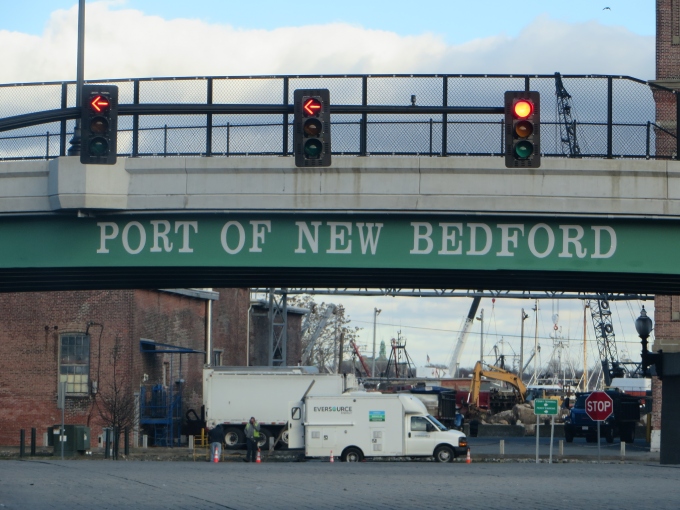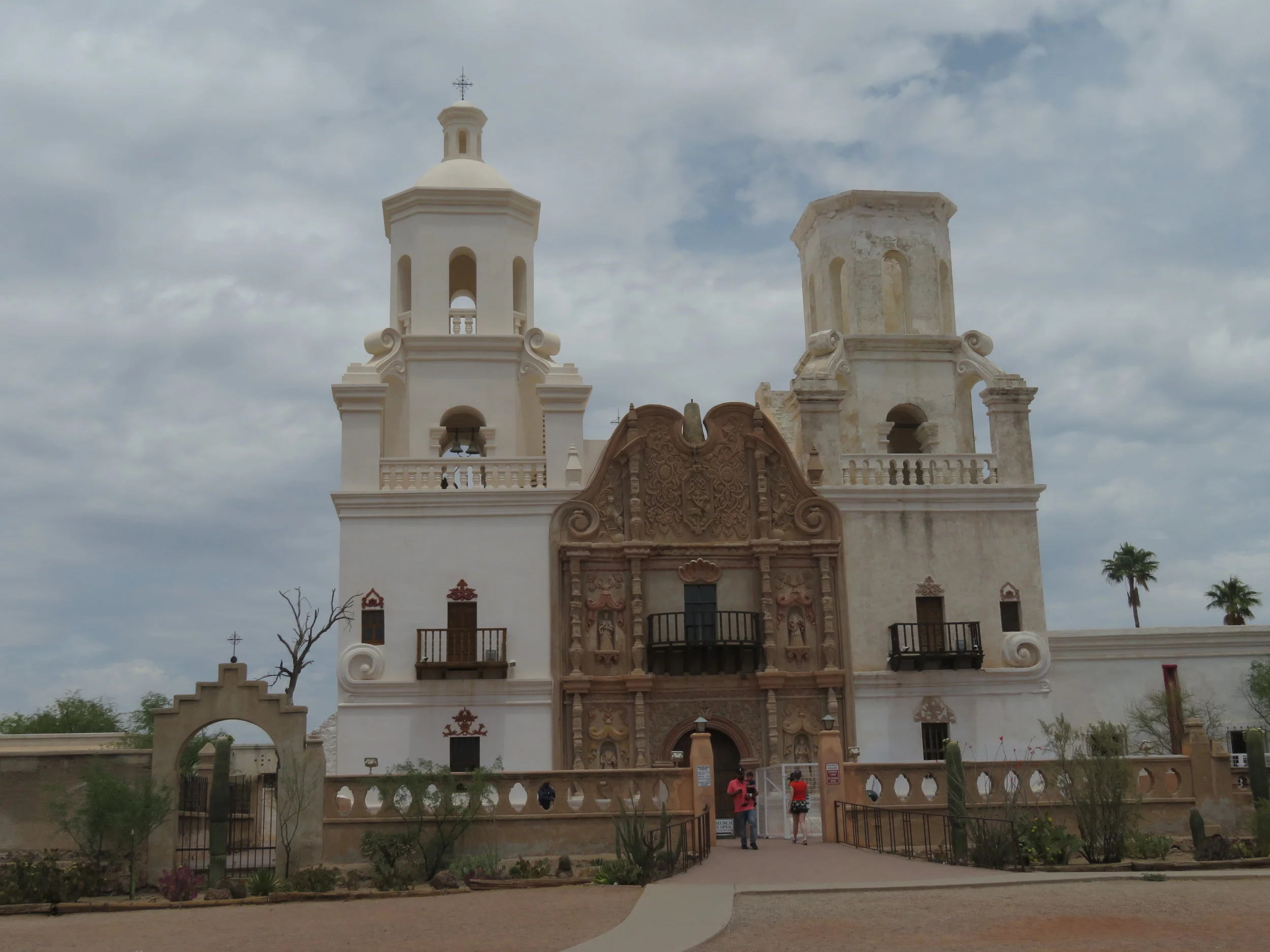 The last time Nine of Cups entered US territorial waters was in 2007. It was a non-event. We tied up at the Charleston Maritime Center. The marina called Customs/Immigration for us and two officers came to the boat within an hour, chatted with us for a few minutes and we were good to go. The rules have changed, however, and since we intend to sail back to the States sometime in the near future, we thought we should be prepared.
The last time Nine of Cups entered US territorial waters was in 2007. It was a non-event. We tied up at the Charleston Maritime Center. The marina called Customs/Immigration for us and two officers came to the boat within an hour, chatted with us for a few minutes and we were good to go. The rules have changed, however, and since we intend to sail back to the States sometime in the near future, we thought we should be prepared.
Pursuant to 19 CFR 4.2, “The master of a pleasure boat must report to U.S. Customs and Border Protection (CBP) immediately upon arriving into the United States from a foreign port or place and must provide a formal vessel entry on CF 1300 within 48 hours. He will also need to … result in civil penalties as defined … to include a penalty of $5,000 for the first violation and $10,000 for each subsequent violation with the conveyance subject to seizure and forfeiture. In addition to being liable for a civil penalty, the master ... is liable for a fine of not more than $2,000 or imprisonment for one year, or both.” CBP … formal entry … CF1300 … fines … penalties … seizures … forfeitures … jail? This sounds serious.
On our list of to-do's while in Boston was to check out the new rules and regulations for Cups and her crew to re-enter the United States in the hope that we won't be fined, get Cups seized or go to jail. First, we needed to buy a Customs Decal (US$27.50 ...cha-ching). In the past, we bought them at the local Customs House, but now it's only done on-line, costs more and the processing time can be up to three weeks. We applied on-line, paid our fees and got a response and decal number within a week. Awesome! No decal yet, but we know it's on the way.

Then we needed to schedule an in-person interview with a US Customs and Border Protection office. We opted for New Bedford … easier than Boston … and set up an appointment for the interview on-line. Easy...peasy. We made the hour trek to New Bedford, parked on Johnny Cake Hill in New Bedford's wonderful historic district and walked the cobblestone streets to the old Customs House. They're doing all sorts of renovations and restoration on the building and finding our way to the actual Customs Office was a bit of a hunt, but we prevailed.
The Customs Officer was surprised to see us. The Customs office in New Bedford wasn't aware we'd made the on-line appointment … a tiny glitch in the system, but she was very accommodating. The interview took ten minutes. Verification of our valid boat registration and passports (plus we look like really honest folks) and we were good to go. We are now signed up for the SVRS (Small Vessel Reporting System) with the CBP (Customs and Border Protection). We got our SVRS validation numbers via e-mail ASAP and we can now clear in PDQ as long as we file our float plan which “will satisfy the boat operator’s legal requirement to report to a POE (port of entry) for face-to-face inspection in accordance with 8 CFR 235.1 ... but boaters must still phone in their arrival to satisfy 19 USC 1433.” Once you wade through the alphabet soup, it seems reasonable enough.
A couple of little glitches we noted … the specified “float plan” which must be filed at least 24 hours prior to leaving the last port before arriving in USA territorial waters is actually not available as a .pdf on-line as advertised in neither our approval letter nor on the CBP website. Instead, it can only be filled in online via a “wizard”, and filed electronically – which may be an issue when internet access is iffy and expensive or simply not available. In addition, part of the information provided on the float plan is the date and time of arrival, which is purely guesswork for a passage of any length on a sailboat. They encourage the boater to update the float plan en route, but this won't be possible once we are at sea. Another blank to be filled in is the address of the arrival location, and the only alternatives are Public Boat Launch, Marina and Residence. Anchorage in a POE is evidently not an option. We'll see how convenient the new program really is when we try to use it. Stay tuned … we'll let you know.




 The last time Nine of Cups entered US territorial waters was in 2007. It was a non-event. We tied up at the Charleston Maritime Center. The marina called Customs/Immigration for us and two officers came to the boat within an hour, chatted with us for a few minutes and we were good to go. The rules have changed, however, and since we intend to sail back to the States sometime in the near future, we thought we should be prepared.
The last time Nine of Cups entered US territorial waters was in 2007. It was a non-event. We tied up at the Charleston Maritime Center. The marina called Customs/Immigration for us and two officers came to the boat within an hour, chatted with us for a few minutes and we were good to go. The rules have changed, however, and since we intend to sail back to the States sometime in the near future, we thought we should be prepared.